
How to Use MCP6004: Examples, Pinouts, and Specs
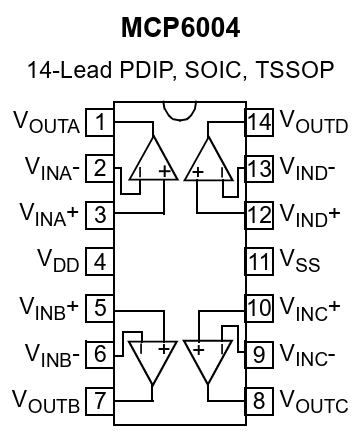
 Design with MCP6004 in Cirkit Designer
Design with MCP6004 in Cirkit DesignerIntroduction
The MCP6004 is a quad operational amplifier (op-amp) designed for low-power applications. It is ideal for battery-operated devices due to its low power consumption and wide supply voltage range. The MCP6004 offers high input impedance, low output distortion, and rail-to-rail input/output operation, making it suitable for a variety of analog signal processing tasks.
Explore Projects Built with MCP6004
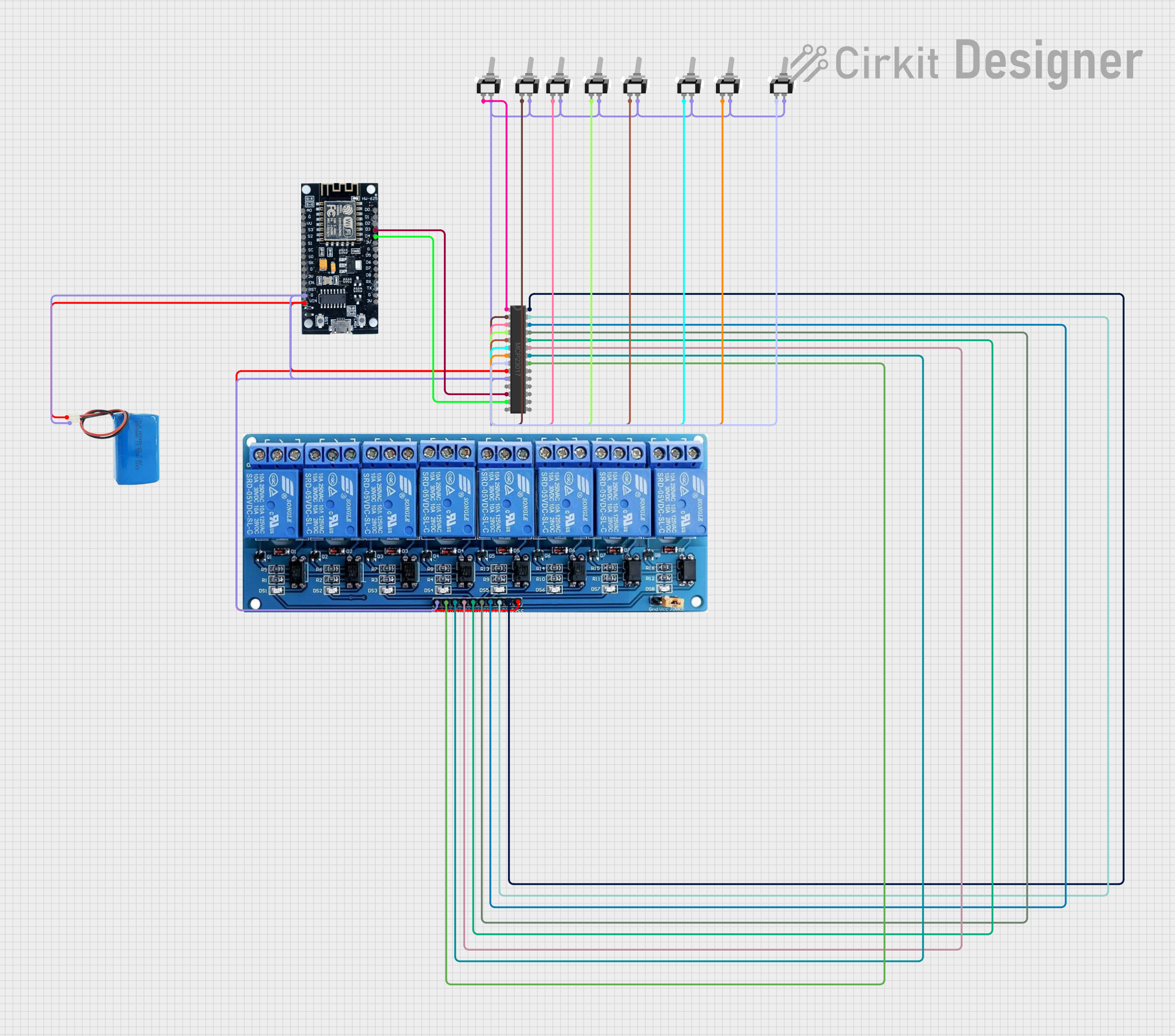
 Open Project in Cirkit Designer
Open Project in Cirkit Designer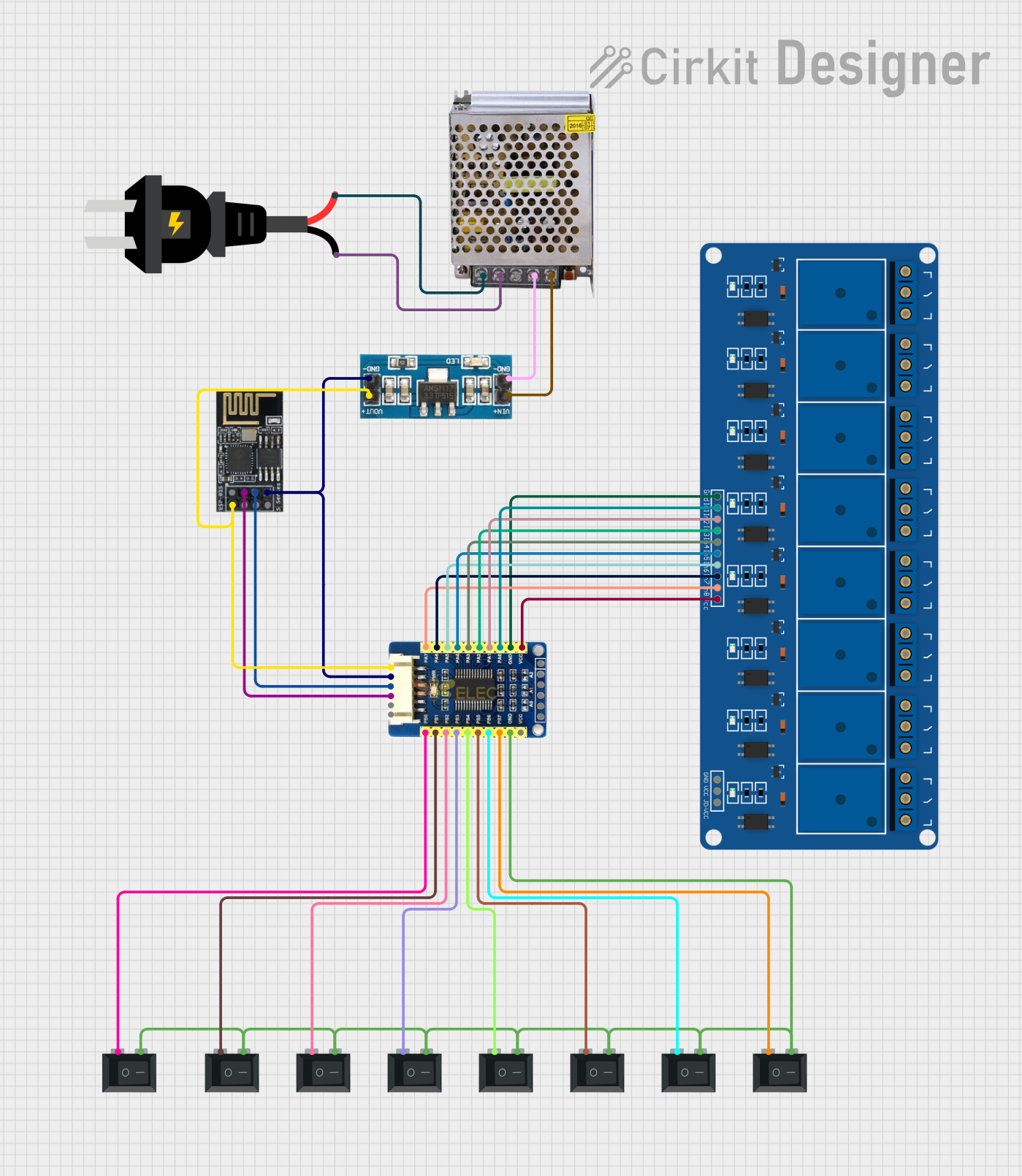
 Open Project in Cirkit Designer
Open Project in Cirkit Designer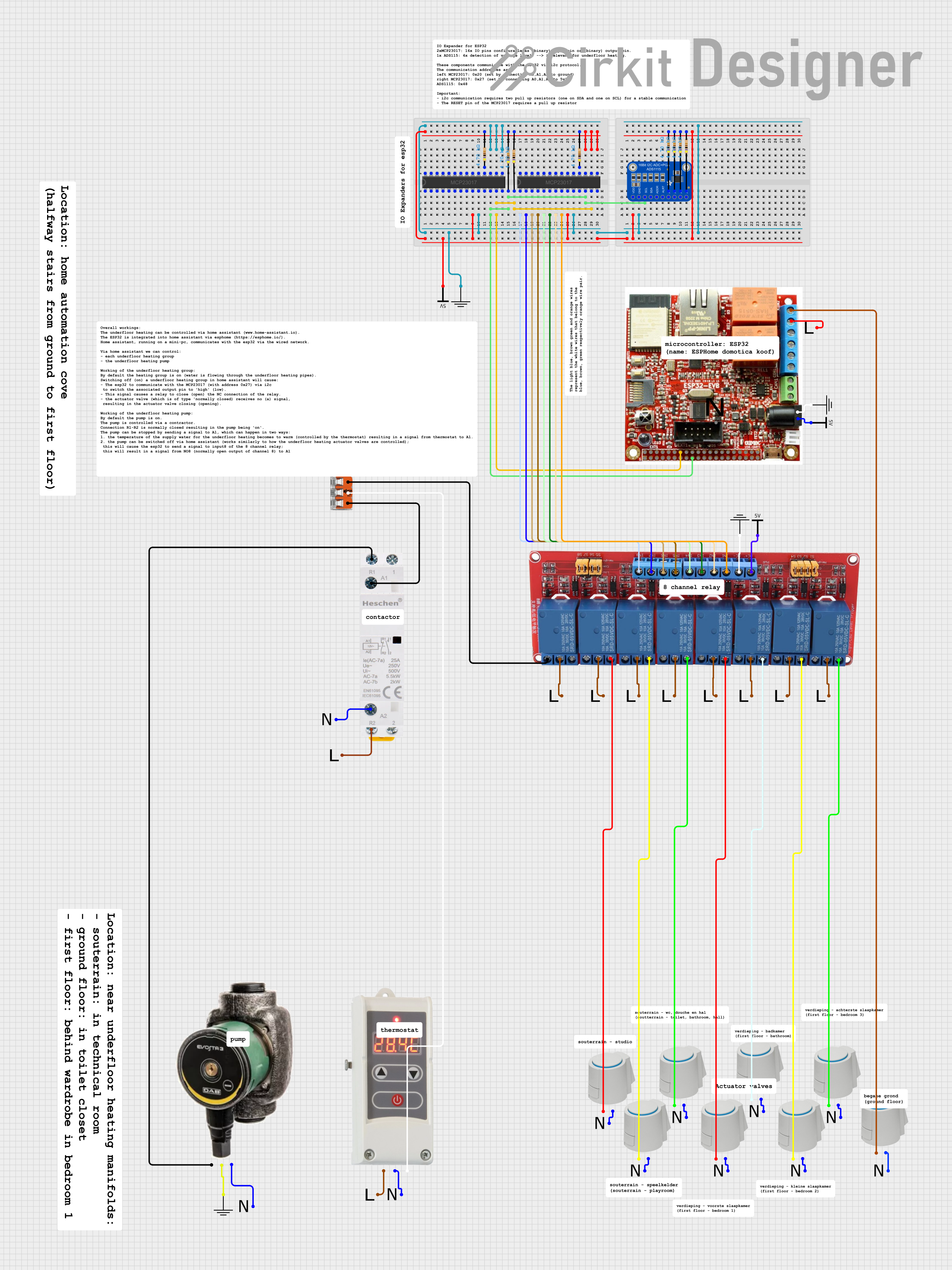
 Open Project in Cirkit Designer
Open Project in Cirkit Designer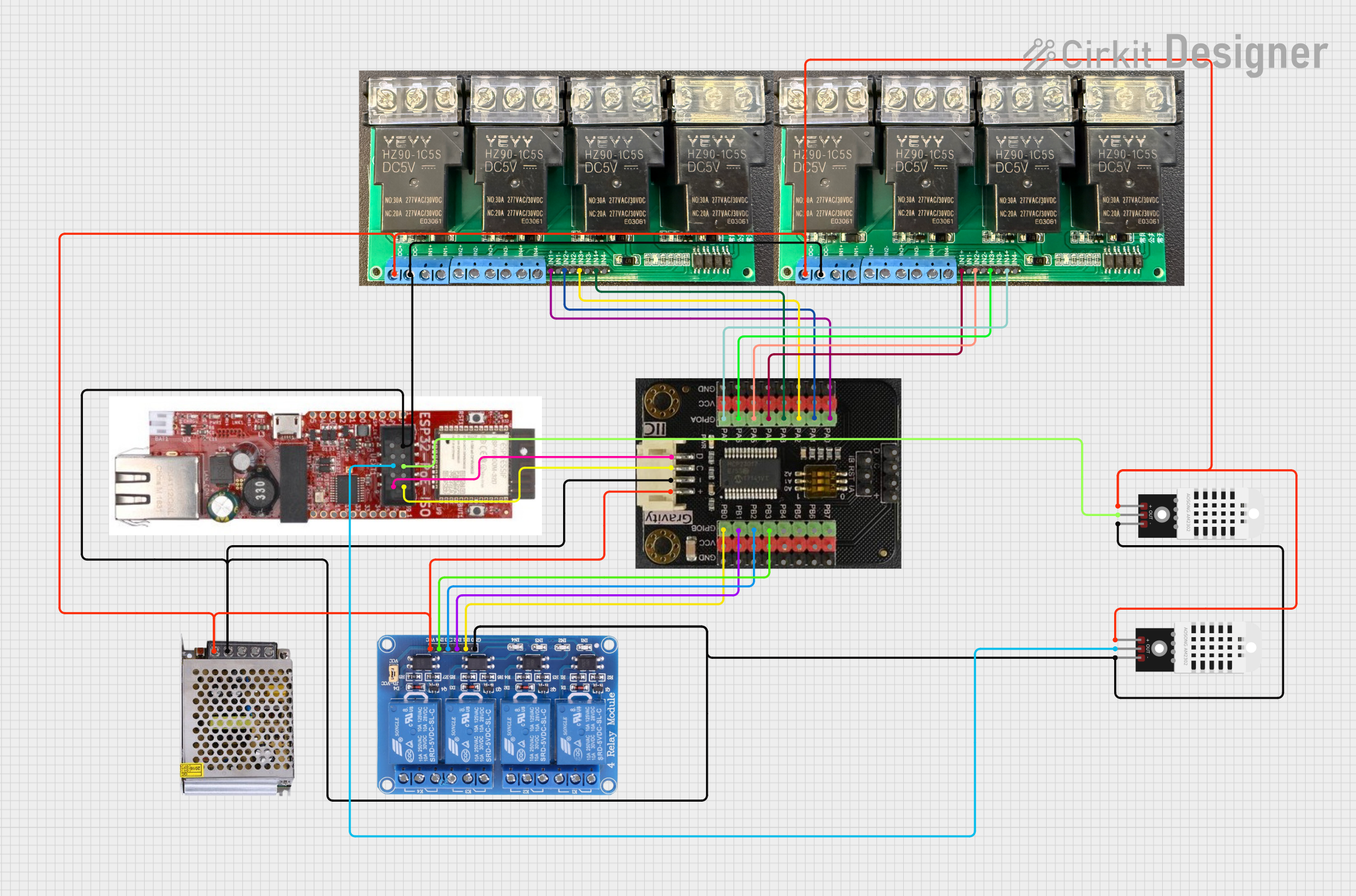
 Open Project in Cirkit Designer
Open Project in Cirkit DesignerExplore Projects Built with MCP6004

 Open Project in Cirkit Designer
Open Project in Cirkit Designer
 Open Project in Cirkit Designer
Open Project in Cirkit Designer
 Open Project in Cirkit Designer
Open Project in Cirkit Designer
 Open Project in Cirkit Designer
Open Project in Cirkit DesignerCommon Applications
- Signal amplification in sensor circuits
- Active filters and integrators
- Voltage followers (buffer circuits)
- Analog-to-digital converter (ADC) signal conditioning
- Portable and battery-powered devices
Technical Specifications
Key Technical Details
| Parameter | Value |
|---|---|
| Supply Voltage Range | 1.8V to 6.0V |
| Supply Current (per op-amp) | 100 µA (typical) |
| Input Impedance | 10⁶ MΩ (typical) |
| Output Voltage Swing | Rail-to-rail |
| Gain Bandwidth Product | 1 MHz |
| Slew Rate | 0.6 V/µs |
| Input Offset Voltage | ±4.5 mV (maximum) |
| Operating Temperature Range | -40°C to +85°C |
| Package Options | PDIP, SOIC, TSSOP |
Pin Configuration and Descriptions
The MCP6004 is available in an 14-pin package. Below is the pinout and description:
| Pin Number | Pin Name | Description |
|---|---|---|
| 1 | OUT A | Output of Op-Amp A |
| 2 | IN- A | Inverting Input of Op-Amp A |
| 3 | IN+ A | Non-Inverting Input of Op-Amp A |
| 4 | VSS | Ground (Negative Power Supply) |
| 5 | IN+ B | Non-Inverting Input of Op-Amp B |
| 6 | IN- B | Inverting Input of Op-Amp B |
| 7 | OUT B | Output of Op-Amp B |
| 8 | OUT C | Output of Op-Amp C |
| 9 | IN- C | Inverting Input of Op-Amp C |
| 10 | IN+ C | Non-Inverting Input of Op-Amp C |
| 11 | VDD | Positive Power Supply |
| 12 | IN+ D | Non-Inverting Input of Op-Amp D |
| 13 | IN- D | Inverting Input of Op-Amp D |
| 14 | OUT D | Output of Op-Amp D |
Usage Instructions
How to Use the MCP6004 in a Circuit
- Power Supply: Connect the VDD pin to the positive supply voltage (1.8V to 6.0V) and the VSS pin to ground.
- Input Connections: Connect the signal to be amplified to the non-inverting (IN+) or inverting (IN-) input of the desired op-amp channel.
- Output Connections: The amplified signal will be available at the corresponding output pin (OUT A, OUT B, OUT C, or OUT D).
- Feedback Network: Use resistors, capacitors, or other components to configure the op-amp for the desired gain, filtering, or other functionality.
Important Considerations
- Power Supply Decoupling: Place a 0.1 µF ceramic capacitor close to the VDD pin to reduce noise and improve stability.
- Input Voltage Range: Ensure the input voltage stays within the supply voltage range to avoid distortion or damage.
- Load Impedance: Use a load impedance of at least 10 kΩ to ensure proper operation and avoid excessive current draw.
- Unused Op-Amps: If any of the op-amps are unused, connect their inputs to ground or a reference voltage to prevent unwanted oscillations.
Example: Connecting MCP6004 to an Arduino UNO
The MCP6004 can be used to amplify an analog signal for an Arduino UNO's ADC. Below is an example circuit and code:
Circuit Description
- Connect VDD to the Arduino's 5V pin and VSS to GND.
- Use one op-amp (e.g., Op-Amp A) to amplify a sensor signal.
- Connect the amplified output (OUT A) to an analog input pin on the Arduino (e.g., A0).
Arduino Code Example
// MCP6004 Example: Reading an amplified signal from Op-Amp A
const int analogPin = A0; // Analog pin connected to OUT A of MCP6004
void setup() {
Serial.begin(9600); // Initialize serial communication
}
void loop() {
int sensorValue = analogRead(analogPin); // Read the amplified signal
float voltage = sensorValue * (5.0 / 1023.0); // Convert ADC value to voltage
// Print the voltage to the Serial Monitor
Serial.print("Amplified Signal Voltage: ");
Serial.print(voltage);
Serial.println(" V");
delay(500); // Wait for 500ms before the next reading
}
Troubleshooting and FAQs
Common Issues and Solutions
No Output Signal:
- Verify that the power supply is connected correctly (VDD and VSS).
- Check the input signal and ensure it is within the op-amp's input voltage range.
- Ensure the feedback network is properly configured.
Distorted Output:
- Confirm that the input signal is not exceeding the supply voltage range.
- Check the load impedance; it should be at least 10 kΩ.
- Add a decoupling capacitor near the power supply pins to reduce noise.
Oscillations or Instability:
- Ensure unused op-amps have their inputs tied to ground or a reference voltage.
- Verify that the feedback network is stable and does not introduce excessive phase shift.
Low Gain or Incorrect Amplification:
- Double-check the resistor values in the feedback network.
- Ensure the op-amp is configured correctly for the desired gain (inverting or non-inverting).
FAQs
Q: Can the MCP6004 operate with a single supply voltage?
A: Yes, the MCP6004 is designed to operate with a single supply voltage as low as 1.8V.
Q: What is the maximum output current of the MCP6004?
A: The MCP6004 can source or sink up to 23 mA (typical), but it is recommended to use a load impedance of at least 10 kΩ for optimal performance.
Q: Is the MCP6004 suitable for audio applications?
A: Yes, the MCP6004's low distortion and rail-to-rail operation make it suitable for low-power audio signal processing.
Q: How do I handle unused op-amps in the MCP6004?
A: Connect the unused op-amp inputs to ground or a reference voltage to prevent oscillations.